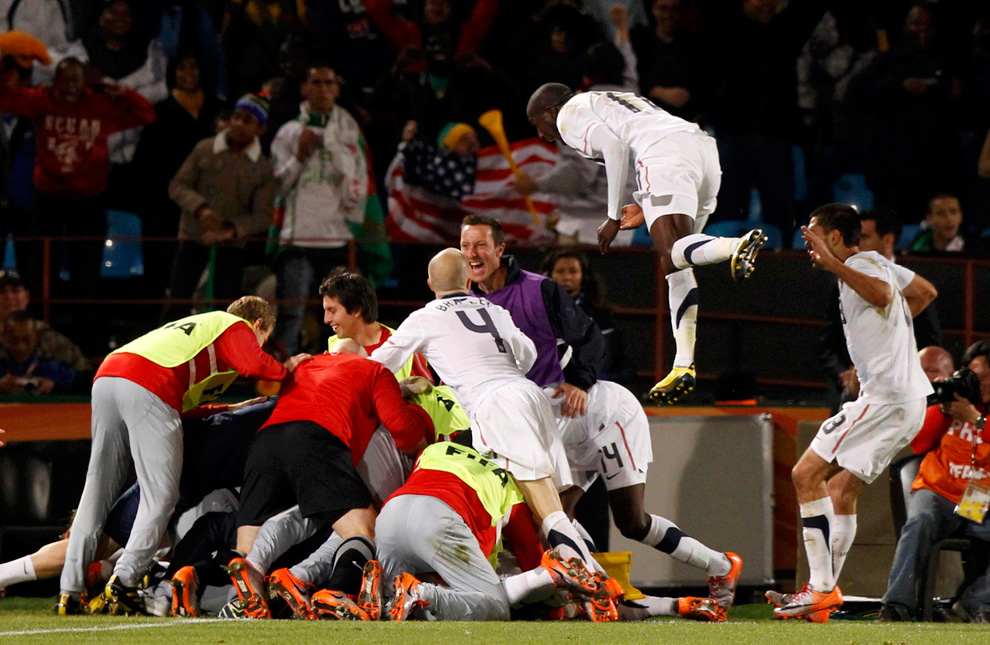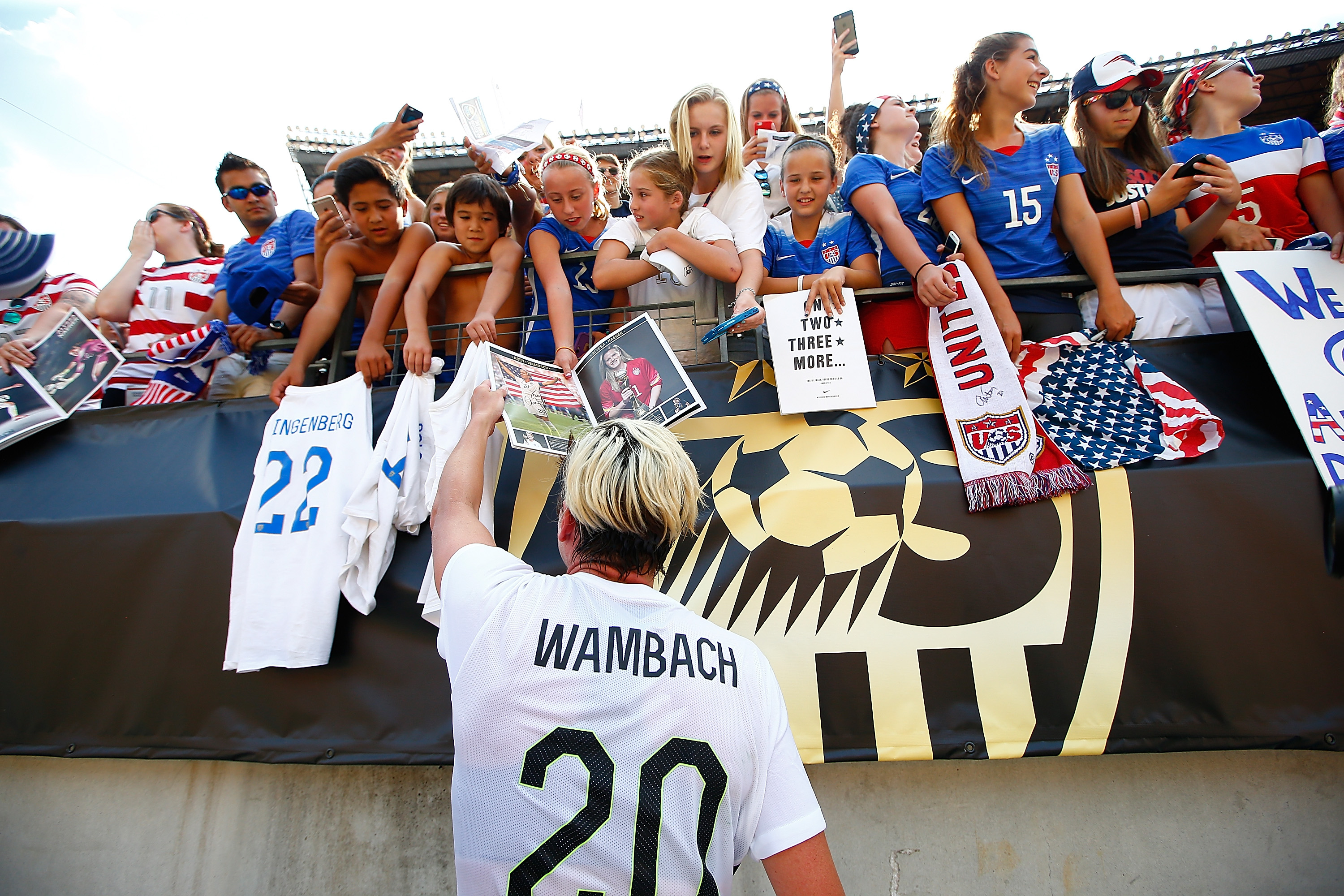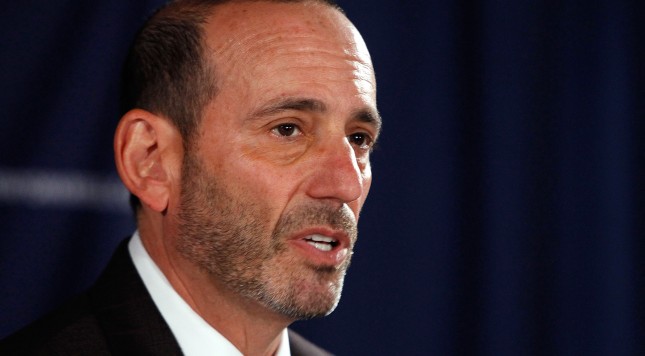This afternoon, Major League Soccer released their Player Rules and Regulations Summary document. While the Collective Bargaining Agreement (CBA) has yet to be officially ratified, the release of this document is an important part of the process and, at the very least, shows the league is confident. These rules are generally a victory for players and fans, but not the spectacular one many hoped.
Here are some of the big changes to MLS player contracts:
Minimum salaries increase significantly
This is huge for MLS players. Minimum salaries rise from $36,500 to $50,000 (for players under 25 and in the last spots of the supplemental roster), and from $48,500 to $60,000 (for players 25 and over on the supplemental roster). An individual in 2014 making $36,500 a year probably cannot live comfortable in many cities with MLS clubs, but someone making $50,000 definitely can. Good for the players, and good for the league.
Partially in exchange, and while many overlook this, the maximum player roster size decreases by two, from 30 to 28. This will reduce payrolls marginally and cut end‐of‐the‐bench MLS players, which may (or may not) be a good thing for many fringe players as they could now go find playing time in the USL, NASL, or elsewhere.
We finally have free agency. Sort of.
Since the days of Curt Flood and Major League Baseball, “free agency” is the magic phrase for any professional athlete in America. But this is not the open free agency of an MLB veteran player, nor is it the limited free agency of a young NBA star. The free agency introduced by MLS is heavily limited, with the only eligible players being those over 28 and with eight years of MLS service. This is good news for the likes Davy Arnaud and Kyle Beckerman, but not so great for Nick Deleon and Dillon Powers.
Further, MLS still hasn’t told us the whole free agency story. As an extra bit of frustration, and in true Garber‐ball fashion, MLS rules state: “More details on the Free Agency Process will be released upon the official ratification of the CBA.”
We finally have allocation transparency. Also sort of.
Finally, we have some more transparency on the convoluted and backwards allocation process. In the past, a team had to luck and strong‐arm their way into signing a player like Jermaine Jones. Now we have some rules, even though they sound a bit dodgy.
Three types of players are now subject to MLS allocation: (1) select U.S. Men’s National Team players, (ii) elite youth U.S. National Team players, or (iii) former MLS players returning to MLS after joining a non‐MLS club for a transfer fee greater than $500,000. The players in all of these will be made publicly available in a list on the MLS website, updated once annually.
Thankfully, this creates some rules to follow, but the language is weak and gives the league a lot of wiggle room. Who decides is a USMNT player is “select”? And how does the league decide if a youth US player is “elite”? And doesn’t this reduce the chance former MLS stars (like Jozy Altidore or Michael Bradley) will return? Part of the appeal to returning to MLS seems to be the ability for the star to choose their destination. If Geoff Cameron wants to return to Houston, but is told “Sorry mate, you’re like to be drafted by Toronto,” would anyone blame him for staying in England?
Other Dollar Amounts Rise:
As would be expected in a world of inflation, other dollar amounts went up with the new agreement. Overall salary cap rises from $3.1 million to $3.49 million, and maximum non‐ DP salary increases from $387,500 to $436,250. There still will be a limit of three DPs per club. Any increase in dollar amounts is good for players and the league, but this is a rather disappointing increase compared to other leagues with salary limits.
But remember, this is a league where Toronto spends about $18 million and Seattle spends between $10 and $12 million. Setting limits on the top have never been a priority. What’s more important is that the Chris Korbs of MLS will now be a little more comfortable in their lives.
For the full list of roster rules including additional things like discovery claims and the re-entry draft (among other things), here’s the link.






